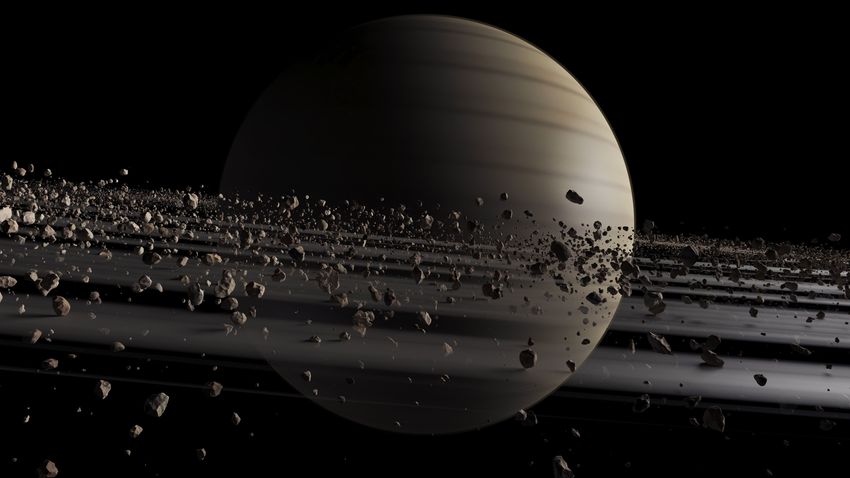According to the study authors, Saturn may have been a ringless planet for much of its 4.5 billion years of existence, but about 160 million years ago, the inner moon may have been very close to the gas giant, whose gravity rips it apart. According to the researchers, the amazing circular system of ice and debris actually determines the orbit of this moon.
The supposed former moon was called Chrysalis (a doll).
Jack Wisdom, a professor of planetary sciences at the Massachusetts Institute of Technology (MIT) and lead author of the paper, noted that “like a butterfly pupa, the moon slept for a long time and then suddenly became active and the rings appeared.”
The study is based on data from the last stage of NASA’s Cassini mission. The Cassini mission collected data on Saturn between 2004 and 2017.
Scott Tremaine, a professor at Princeton Institute for Advanced Study, called the findings fascinating because they could provide solutions to many mysteries under “one bold but conceivable hypothesis.”
Wisdom’s team originally sought an explanation for the 27-degree tilt of Saturn’s axis of rotation. Previous theoretical models concluded that the cause of the tilt could be a gravitational resonance between Saturn and Neptune. At the same time, in light of the Cassini mission data, this theory has been overturned. Next, the researchers looked for possible events that could justify the observed data and phenomena. The Lost Moon Scenario provided a surprisingly good explanation for both the tilt and the rings, their chemical properties, and their young age of only about a hundred million years.
Wisdom and colleagues ran simulations to characterize the hypothetical moon. According to them, the celestial body entered the region of a chaotic orbit 100-200 million years ago, and had several close encounters with the moons of Saturn Iapetus and Titan. cocoon
It eventually got close to Saturn, and this dramatic encounter tore the moon apart, creating the rings.
The diameter of Saturn’s rings is about 282,000 km. The innumerable thin rings consist almost entirely of ice, 95 percent of which is pure water, and the rest is rocks and minerals.












































